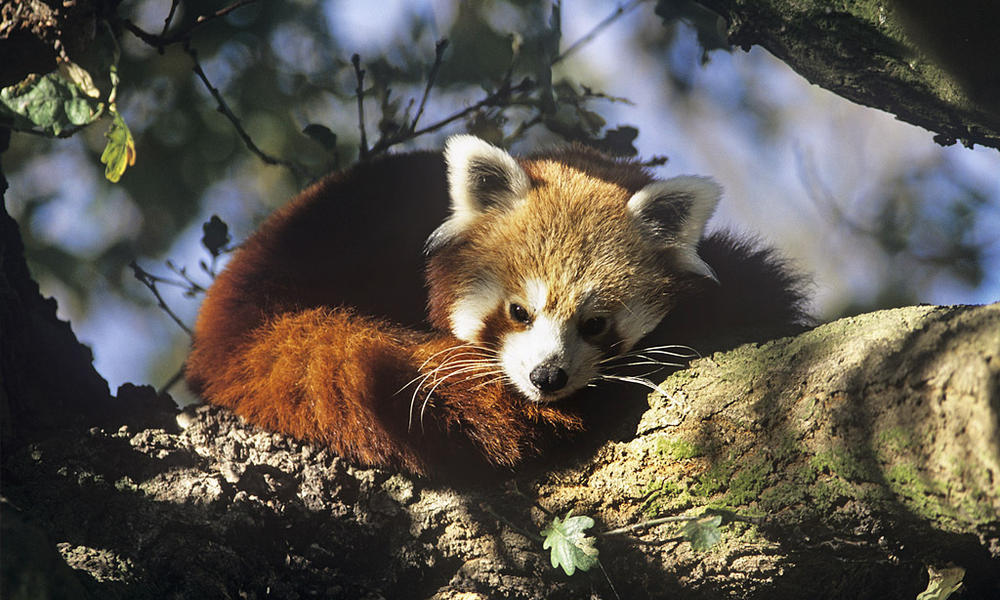The beautiful monarch butterfly are fascinating creatures. Each year embarking on journeys of migration anywhere from 1,200 to 2,800 miles, they are truly an amazing creation. They travel to the mountainous regions of Mexico from the United States and Canada to avoid the cold weather that comes. When in Mexico the butterflies hibernate and undergo metamorphism, earning the name Danaus plexippus by scientists. But there is more to the process of a monarch butterfly than what meets the eye. In fact, each year there are four generations and four cycles that the butterflies undergo.
The process begins in February and March, where the last generation of butterflies come out of hibernation and find a mate. The couples then fly back north to lay their eggs and reproduce. We will call this the honeymoon phase.
Next the eggs are laid on to milkweed plants and hatch into baby caterpillars.
This first generation will eat milkweed until it grows large enough to undergo metamorphosis.
takes 10 days and while it looks like little is occurring, the caterpillar is undergoing amazing transformation. Out comes the beautiful monarch butterfly that now has a short time of 2 to 6 weeks to live and party on flower nectar. They lay eggs for the next generation and go to butterfly heaven. RIP.
This fourth generation migrates south to Mexico and do not die as quickly. The magic of Mexico empowers them to live up to 8 months instead of the normal 2 to 6 weeks. They then fly all the way back to the north to restart the process. Amazing.
Now as as cool as these creatures are they are endangered. The climate change has started to kill the butterflies that get stuck in the cold or the heat causes them to migrate further north where winter is harsher and sooner. These deadly cycle seems to be continuing and their population withers. We as humans can lower our use of fossil fuels and try and help the condition of global warming. Donate to the WWF if you feel moved and check out this awesome website for more information on butterflies.


